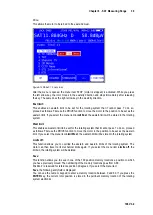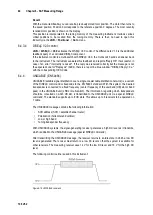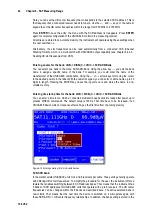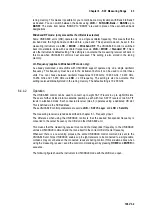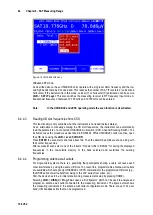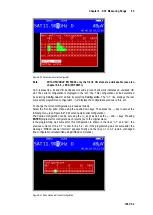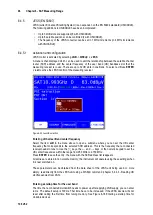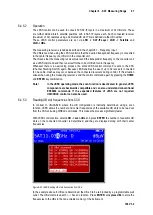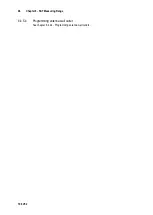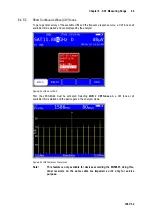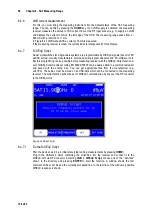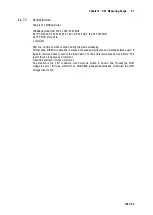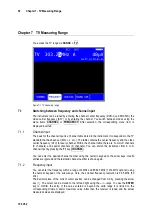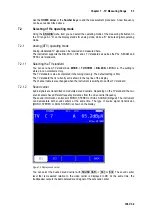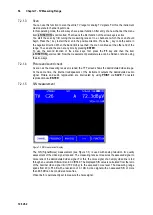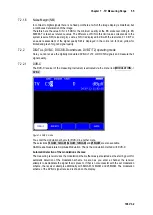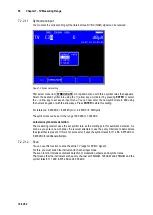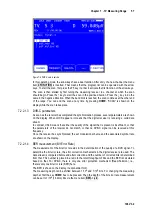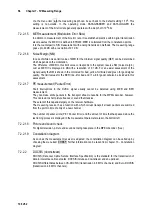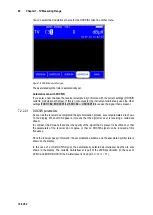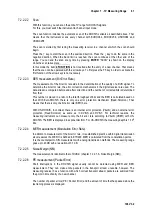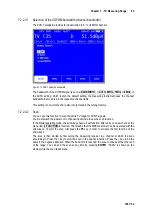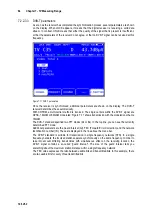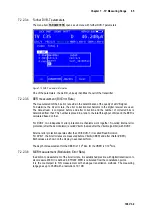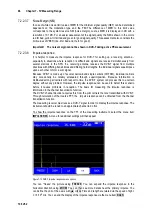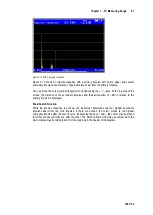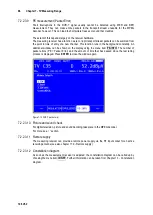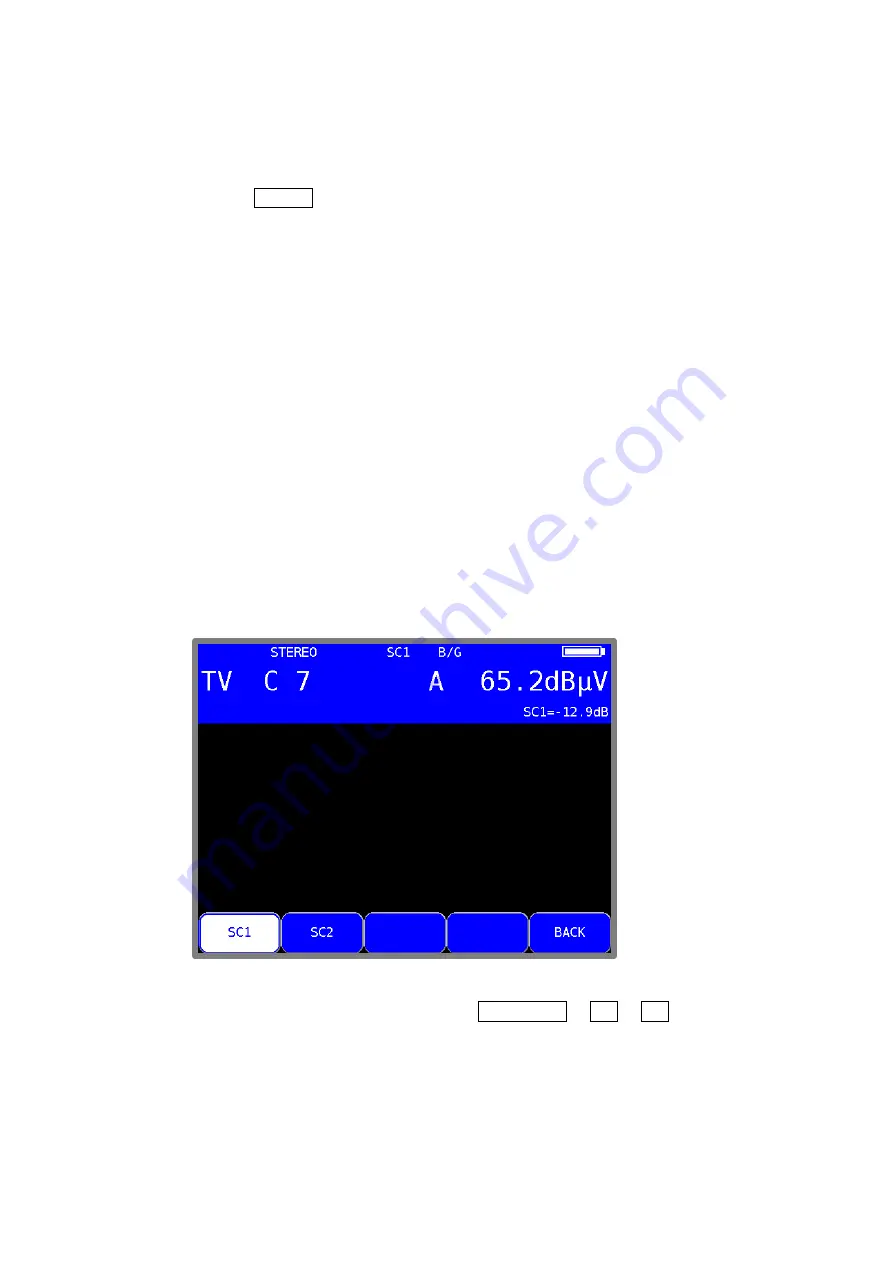
Chapter 7 - TV Measuring Range
53
106 V3.2
Use the
HOME
,
Arrow
or the
Number keys
to end the measurement procedure. A new frequency
can be set as described above.
7.2
Selecting of the operating mode
Using the
ANA/DIG
menu item you can select the operating mode of the measuring instrument in
the TV range. An “A” on the display stands for analog mode, while a “D” indicates digital operating
mode.
Analog (ATV) operating mode
7.2.1
Analog-modulated TV signals can be received and measured here.
The instrument supports the B/G, M/N, I, D/K and L TV standards as well as the PAL, SECAM and
NTSC color standards.
7.2.1.1
Selecting the TV standard
You can set a new TV standard via
MODE
->
TV-NORM
->
B/G
,
M/N
,
I
,
D/K
or
L
. The setting is
stored in non-volatile memory.
The TV standard is also incorporated in the tuning memory. The default setting is B/G.
The TV standard that is currently set is shown in the top line of the display.
The channel table is also changed when the instrument is switched to another TV standard.
7.2.1.2
Sound carrier
Audio signals are transmitted on modulated sound carriers. Depending on the TV standard, the two
sound carriers have different frequency distances from the video carrier frequency.
The sound information can transmit MONO, STEREO or DUAL SOUND (bilingual). The instrument
can demodulate both sound carriers at the same time. The type of source signal transmission
(MONO, STEREO or DUAL SOUND) is shown on the display.
Figure 7-2 Display sound carrier
You can select the desired sound carrier with
SOUND CAR.
->
SC1
or
SC2
. The sound carrier
level that is measured relative to the video carrier is displayed in dB. At the same time, the
loudspeaker outputs the demodulated sound signal of the set sound carrier.

